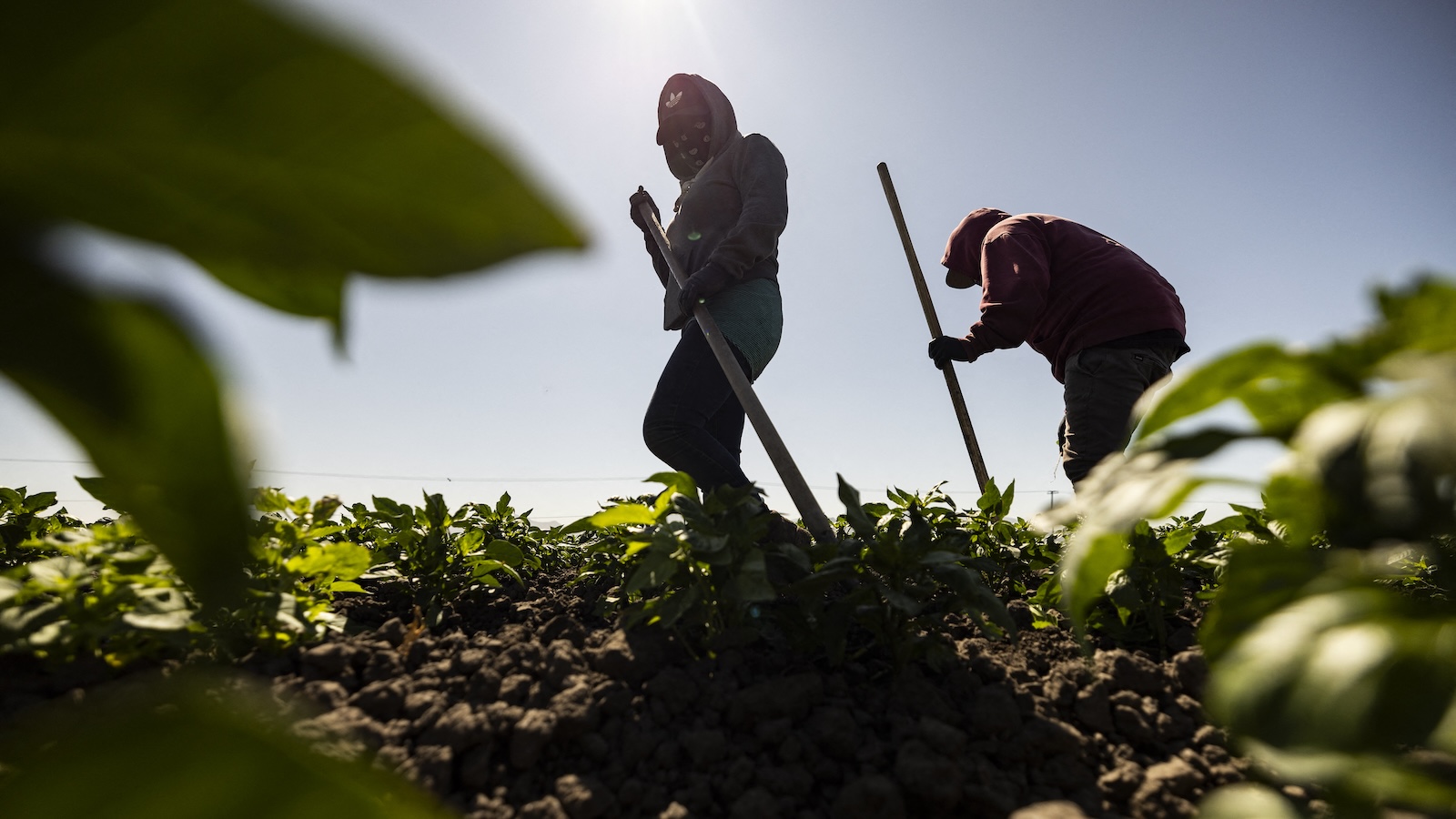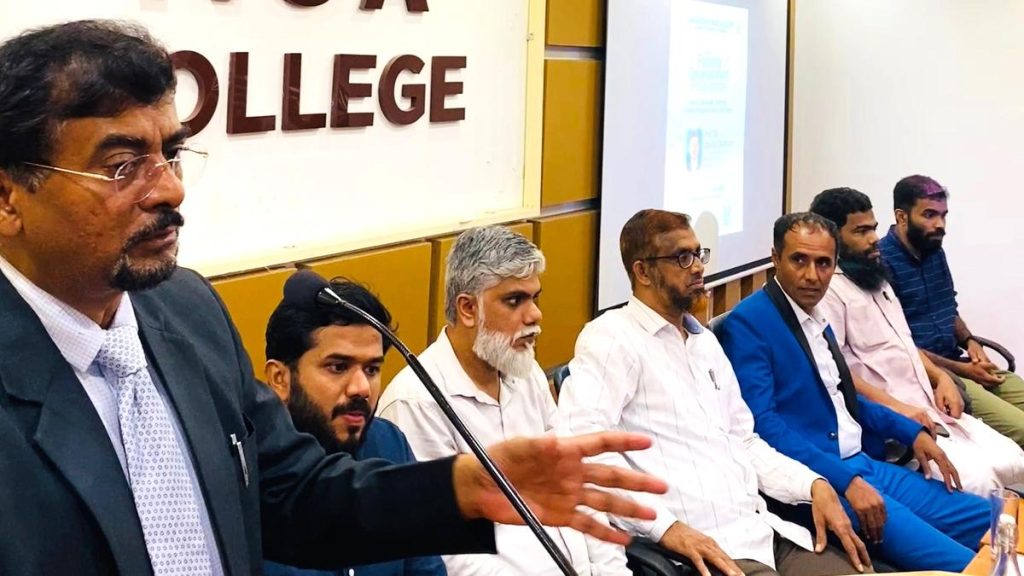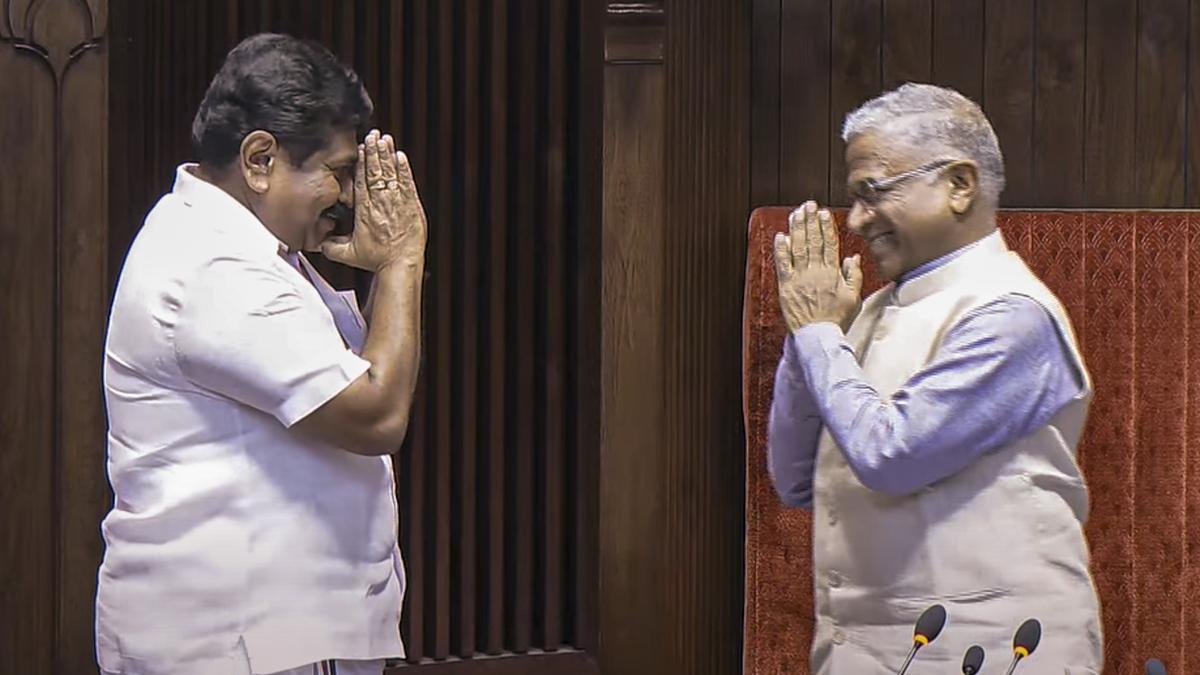Now Reading: Key Worker Heat Protection Rule Advances Despite Trump Era Delays
-
01
Key Worker Heat Protection Rule Advances Despite Trump Era Delays
Key Worker Heat Protection Rule Advances Despite Trump Era Delays

rapid Summary
- In July 2024, the U.S. OSHA proposed its first-ever regulation to protect workers from heat-related illnesses, mandating access to water, shade, and breaks during heatwaves.
- Despite shifts in federal administration following Donald Trump’s re-election and his broader deregulation agenda, OSHA continues advancing the proposed rule with public input underway.
- Labor advocacy groups argue progress has been too slow; over 144 workplace deaths from extreme heat have occurred since rule discussions began in 2021.
- California lawmakers Sen. Alex Padilla and Rep. Judy Chu reintroduced a bill urging OSHA to finalize these protections quickly but face challenges in a Republican-controlled Congress.
- The rule currently excludes sedentary indoor workers – covering about 36 million instead of an estimated 66 million workers if broadly applied.
- Farmworkers remain especially vulnerable; states like Florida have blocked local governments from establishing thier own heat safety regulations for outdoor laborers.
- Worker-led campaigns continue advocating immediate attention to health hazards linked to record-breaking summer temperatures.
images:
- A Southern California farmworker taking refuge under a tent during extreme heat (Credit: ETIENNE LAURENT / AFP via Getty Images).
- A plant nursery worker loading plants while wearing protective attire (Credit: CHANDAN KHANNA / AFP via Getty Images).
Indian Opinion Analysis
India’s rapidly heating climate mirrors global workplace challenges illustrated by the United States’ struggle with federal oversight on occupational safety under extreme weather conditions. Heat is already one of India’s deadliest environmental risks – agricultural laborers and construction workers here share similar vulnerabilities as U.S.-based farm or warehouse employees.
However, confrontation arises between swift policy-making versus enforcement capability-Indian regulators must take cues from gaps revealed internationally where laws exist but compliance falters due bureaucracy or political flux.
The parallel experiences underscore India’s necessity for integrating stronger protections backed by institutional accountability frameworks before its rising working-age populace faces significant loss from preventable tragedies against seasonal unpredictability increasing cross-regionally























